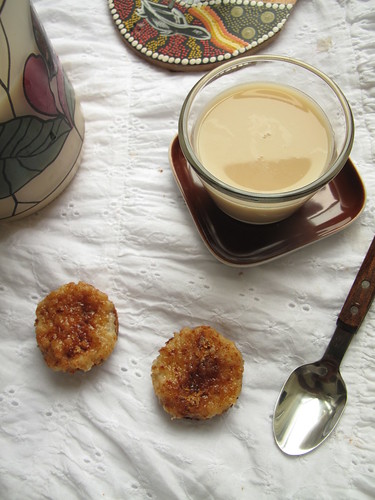 As soon as she opened the jar to show me what they looked like, I found myself breathing in the fragrance of my Nigerian childhood (while standing in a Parisian shop on a cold February day): hot, sweaty, scented days; all the intensity of my youth, captured in a few black Tonka beans.
As soon as she opened the jar to show me what they looked like, I found myself breathing in the fragrance of my Nigerian childhood (while standing in a Parisian shop on a cold February day): hot, sweaty, scented days; all the intensity of my youth, captured in a few black Tonka beans.
I was puzzled because I couldn’t recognise the beans – I didn’t think I’d ever seen them, not to talk of what to do with them…..but that has never been a problem. Everything has its use though some are yet unknown. The beans had a wonderfully heady fragrance, sort of cloves, sort of vanilla, sort of almonds and cinnamon. All warming. Of course when in doubt, head to Wikipedia via Google and when I was done reading, I knew why I had smelled Tonka beans, long before I saw them.
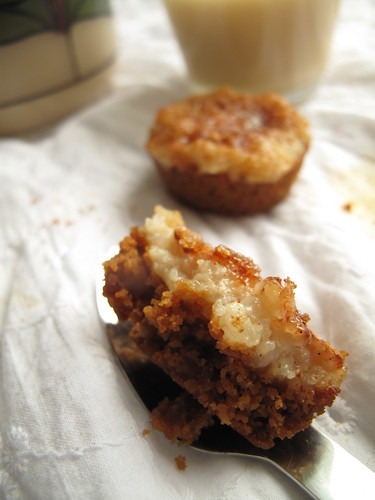
According to the Wiki,
The Tonka Bean is the seed of Dipteryx odorata, a legume tree in the neotropics, of the Fabaceae family. The plant has its origin in Northern South America (Guyana, Orinoco region). Today, main producers of the seeds are Venezuela and also Nigeria. The seed is black and wrinkled in appearance, with a smooth brown interior. Its fragrance is reminiscent of vanilla, almonds.
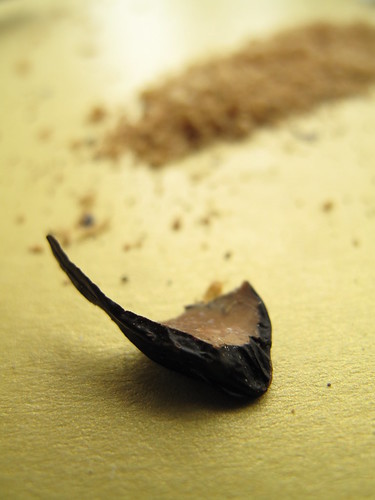 This week on Culinary Tour 2010, hosted by Joan of Foodalogue, we’re in Nicaragua, the largest country in Central America. Yipee, I now know where that is too!!!!!!
This week on Culinary Tour 2010, hosted by Joan of Foodalogue, we’re in Nicaragua, the largest country in Central America. Yipee, I now know where that is too!!!!!!
The name ‘Nicaragua’ apparently has some reference to water (agua), but this is uncertain. What is obvious is its being bound on its east and west coasts by oceans, as well as having 2 large freshwater lakes within it. “La comida Nica,” as Nicaraguans call their cuisine, is a Latin-creole mix of indigenous and Spanish dishes and ingredients influenced by the Pacific and Caribbean coasts. The Pacific coast cuisine is centred around local fruits and corn while that of the Caribbean includes seafood and coconut. Of great interest is the fact that Nicaraguans eat guinea pigs and tapirs, iguanas and turtle eggs…but worry not, I bring you no such recipes from my tame ‘Dutch’ kitchen!
Anyhow, when I dug ‘deep’ into what I wanted to cook up for this stop, I discovered Horchata de Arroz (made by blending soaked rice grains with water and other flavourings) and I knew I may have found a piece of home, for Horchata is not new to me.
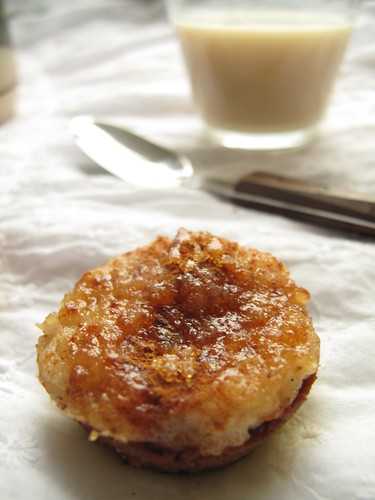
In Nigeria, you find a version of this drink made from tiger nuts – Kunnu Aya, and rice (this version, called Kunnu Gyada) which are popularly ‘hawked’: sold on the street by sellers. You will also encounter young men, pushing wheelbarrows full of small, tan to light orange-coloured nuts with black speckles….hence the name – Tigernut. These nuts are somewhat hard on the outside with a whitish interior which reminds me of coconut. While they are super nutritious, I find that snacking on a few is fine but too many, and you end up with an itch in your throat.
Once I discovered them, I would buy a kilo or more every week, soak and blend them to make a rich, milky but dairy-free drink, which I always had chilled! But then I left Nigeria and all attempts to find them here failed. I even begged a friend to bring me some from Nigeria last summer but she didn’t…..*sniff, sniff* and so my dream died till I saw ‘Taste Hong Kong’s Rice soup’ and slowly it came to life, again.
So Horcata de Arroz it would be. I decided there and then to flavour mine with my Tonka beans, sure that the end results would see me perfectly happy, and they did! See why ‘Taste Hong Kong’s’ recipe filled me with hope?
Due to my perfect organisation, the first time I made this I combined white rice (thinking it was brown – afterall, it was sitting in the place where my brown rice normally is!), flaked almonds, 1 grated Tonka bean and a vanilla pod. Then I found out that thanks to my 2010 New Year’s resolution of progressing from semi- to well-organised, I had moved the brown rice, without informing myself…. Anyhow, I had finished the first batch anyways and so made round #2, after discovering the brown rice in my full-to-the-brim-and falling-over store!
There is a natural sweetness in milk made of soaked rice (for I also noticed it in the white rice version too) that is almost unbelievable…in addition to its creamy nature – somehow, you expect there to be some milk in it, but there isn’t.
After I made the drink, I decided to use the left over broken grains to make some Arroz con leche (essentially rice pudding). I will be honest with you now, I thought I’d made rice pudding before. I know I said I had, when I stuffed it into this pie….and even recently when it formed a perfect bed for some poached pears.This weekend however, I think I have found where greatness lies….and it was all just waiting for this Nicaraguan journey to be unearthed. This was the softest, silkiest rice pudding my lips had ever tasted. Read on.
On offer today, you have
- #1: Horchata de Arroz – Rice milk, flavoured with Tonka beans and vanilla and sweetened with sugar;
- #2: Breakfast porridge of Arroz Con Leche with Tamarillo and Pecans;
- #3: Arroz con Dulce con Leche brulee – Homemade dulce de leche, topped with rice pudding, sprinkled with brown sugar and placed under a hot grill till the sugar caramelises and forms a thin crust, brulee-style; and
- #4: Petit fours of Arroz con Leche in ginger cookie crusts, also with the tops bruleed.
I think my recipes are a cross between Contemporary and Algo Nuevo: definitions below but correct me if I’m wrong.
- Traditional – recreate the country’s national dish or any other traditional dish.
- Contemporary – use a traditional recipe and make it Nuevo Latino (contemporize it).
- Algo Nuevo (something new) – create something totally ‘your own’ by using the flavors and techniques of the destination.
- Published Chef – follow the recipe of a published chef/author specializing in that cuisine.
The recipes
#1 Horchata de Arroz (channeling Kunnu Aya, Nigerian), inspired by ‘Taste Hong Kong’s Rice soup’
Yields about 750ml
Ingredients
1 cup brown (or white) rice 1/2 a cup flaked almonds 1 whole vanilla bean or 2 teaspoons of vanilla extract 1 Tonka bean, grated (easiest to do with a Microplane grater) 3 cups water (+ up to 1 cup of water for blending rice on day 2) Sugar or other sweetener, to tasteHow to
In a bowl/large jar, combine all the ingredients, stir well and cover. Leave overnight for rice grains to soften.
Next morning, place all the water and half of the rice mixture in a blender and blend till the water turns milky and the rice grains are broken. You may have to repeat this a couple of times. Pass this through a sieve placed in a bowl.
Then continue to blend the rest of the mixture. Add an extra half to one cup of water and blend again, as before. When this is done, pass through the sieve as before. Remove rice from the sieve and set aside for the Arroz con Leche. Then place a piece of damp cheesecloth (folded in two layers) in a sieve, set in a bowl and pass the sieved liquids through it, so it strains out the smaller particles. If you’re not happy with the texture, fold the cheesecloth into four layers and strain the mixture again through it.
When this is done, ‘flash’ pasteurise it by heating it in a pan. Add sugar (or sweetener) and stir till dissolved. Drink warm, on its own or with coffee or allow cool and refrigerate in a bottle or large jar.
#2 Arroz con Leche – Rice pudding extraordinaire and Breakfast Porridge!
Yields enough for 2 adults(or for 1 adult and lots of other treats! Read on!!)
Ingredients
Leftover rice (from above) – I had 2 cups of broken up rice 1 cup water 1 1/2 – 2 cups milk (I used semi-skimmed milk) 3 tablespoons sugar (I used light brown sugar)How to
In a medium saucepan, combine all the ingredients except the sugar and place on low heat to cook for about 15 minutes, stirring ever so often so it doesn’t form a crust at the base and burn.
When the rice is cooked and soft, add the sugar, stir well to combine and let simmer for a minute or two, then take off the heat.
Serve with fruit and nuts of your choice.
#3 Arroz con Dulce con Leche brulee
Ingredients
Arroz con Leche Dulce de Leche Light brown sugarHow to
Put a tablespoon or two of dulce de leche at the base of a ramekin,
Top with some Arroz Con Leche. Sprinkle the top with some light brown sugar and place under a hot grill.
Leave for a couple of minutes. A thin caramelised crust should have formed over the top of the ‘rice pudding’ Brulee.
Carefully remove it from the oven and serve with some coffee!
#4 Arroz con Leche Petit Fours
Yields 6 petit fours (of which I burnt the first round of crusts. Hmmm)
4 ginger snap/digestive cookies, crushed 1 teaspoon and a bit of butter, unmelted 6 teaspoons of Arroz con Leche Ground cinnamon Light brown sugarHow to
Preheat the oven to about 200 degrees centigrade (about 400 degrees Fahrenheit).
Combine the crushed cookies and butter to form the crust.
Press a a teaspoon or more into each petit four mould, pressing round to fill the tin. Place this crusts in the oven and let bake in the centre for about 5 minutes or until they have just coloured. Watch them carefully, I rendered my first 6 inedible by burning them…..hubby wasn’t pleased with the smell either!
Remove from the oven and switch to grill.
Top the crusts with a teaspoon of Arroz con Leche and sprinkle some cinnamon and sugar over the top.
Place these under the grill, to caramelise the sugar. Don’t worry is the cinnamon is not all caramelised….it will still taste great!
Remove after a minute or two and leave to cool.
Gently remove the Petit fours from the tins and serve, with some chilled Horchata de Arroz.
This was one ‘trip’ I really enjoyed. Just being able to recycle the leftover rice was a gift. This morning for breakfast, I took some of the rice pudding out of the fridge, placed it in a pan, added some milk and warmed up our porridge, which my husband enjoyed with toast. I rather liked the buttery taste of pecans with mine and a slice of Tamarillo, which is new to my kitchen. I’m not quite sure I like them though, but we’ll see!
The ‘brulee’ was nice, enhanced by having a caramel base and topping…and would make a fantastic dessert for a large crowd, seeing as you could prepare everything well in advance and then heat up in the oven for a few minutes before serving. I reckon, making a large one-pan version would work too. What do you think?
As for the Petit fours – I loved them, but then again, I do love mini-bites….though they can be seriously addictive!
Next week, we head to Argentina.
- January 11, Mexico: I missed it!
- January 18, El Salvador: Platanos fritos tortillas – Breakfast/Main
- January 25, Nicaragua: Horchata, a type of…. – Drink: This post!
- February 1, Argentina – Pizza or empanadas or….I’m not sure yet!
- February 8, Brazil: Acaraje – Snack/Main
- February 15, Colombia: not yet decided
- February 22, Jamaica: Jerk Fish with creole sauce – Main
- March 1, Haiti: not yet decided
- March 8, Cuba: not yet decided
- March 15, Puerto Rico: not yet decided
See you soon. ♥♥♥ (Can you tell I’ve just learnt to make these hearts? All you have to do is press ALT and 3 (using the dedicated number/numeral keys on the right-hand side of the keyboard).[wpurp-searchable-recipe]Out of Nicaragua: Arroz con…many things! – – – [/wpurp-searchable-recipe]



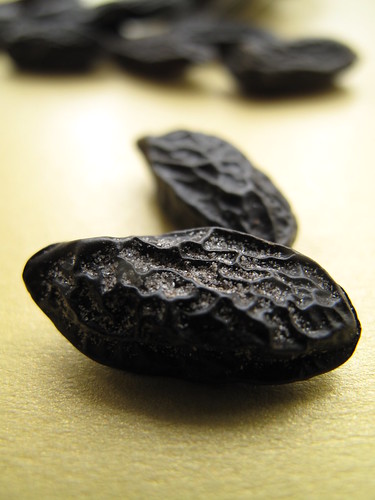

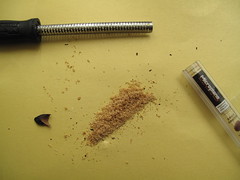
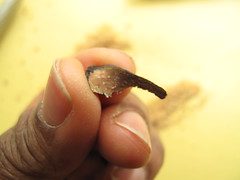

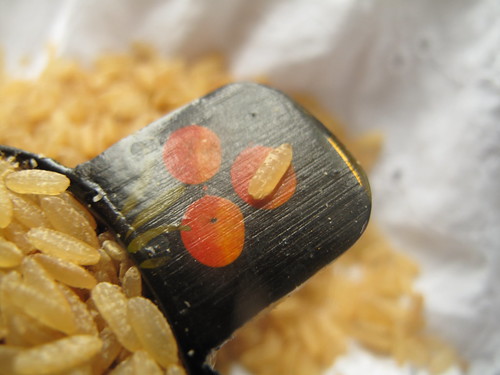



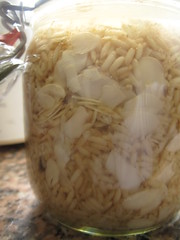
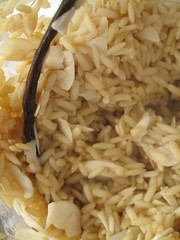



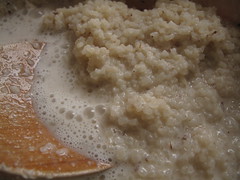
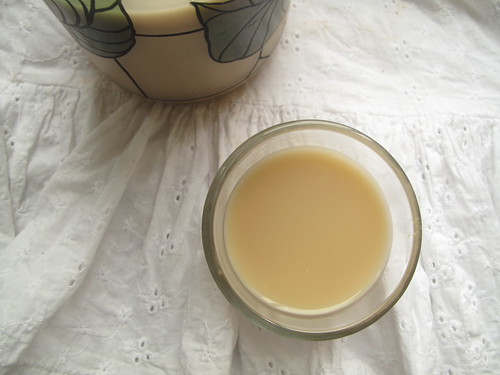

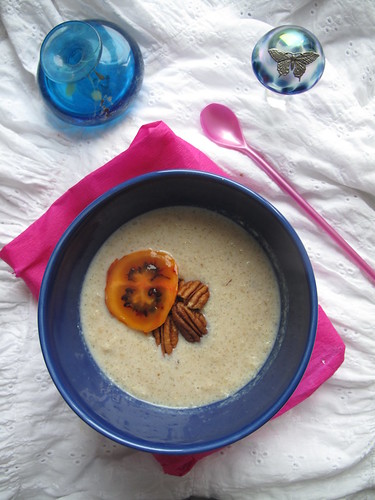

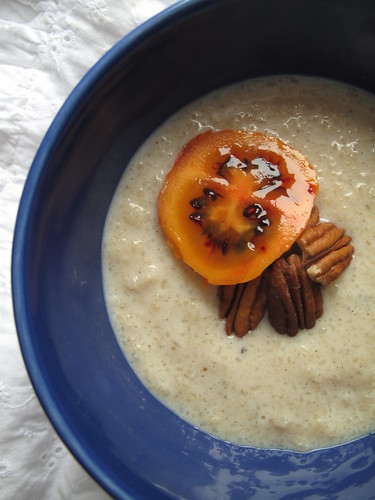


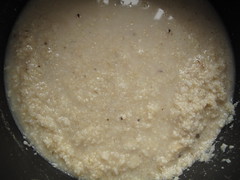
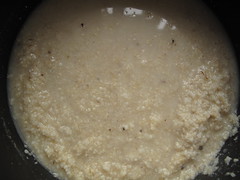

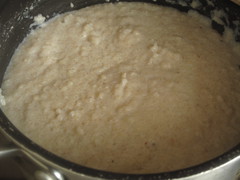

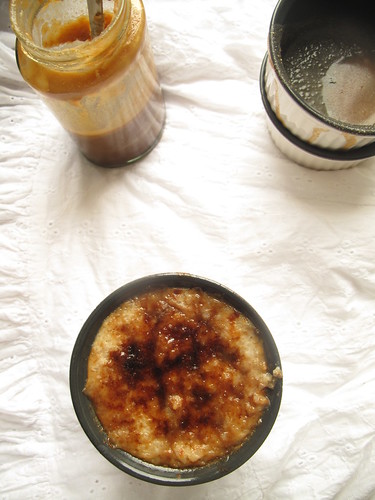

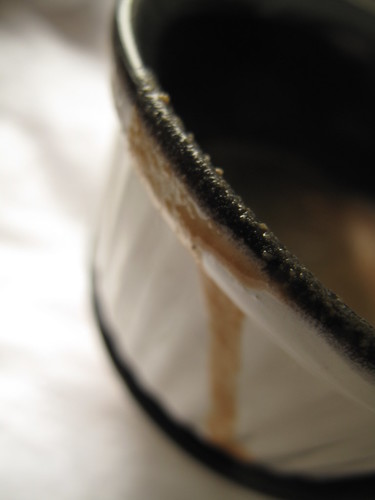
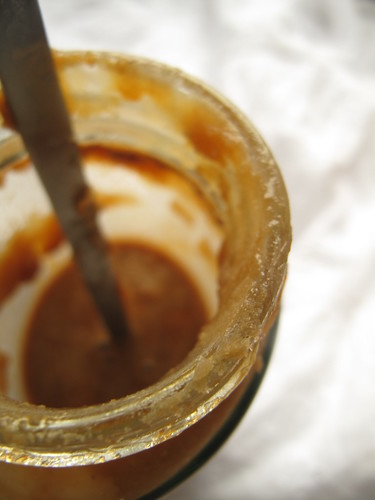
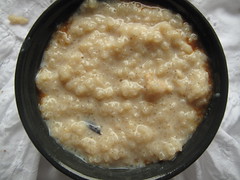
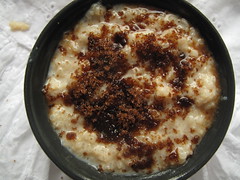

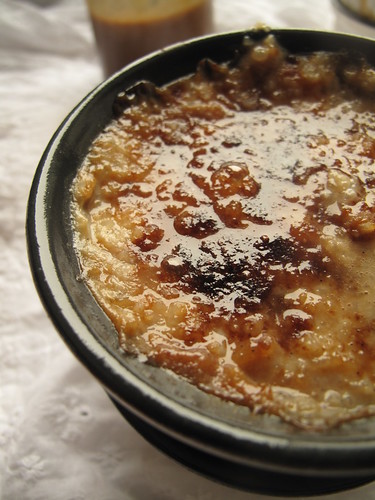

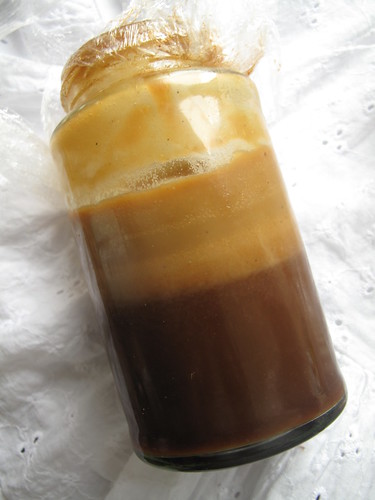
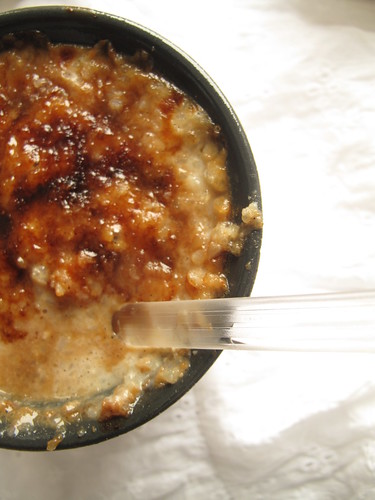

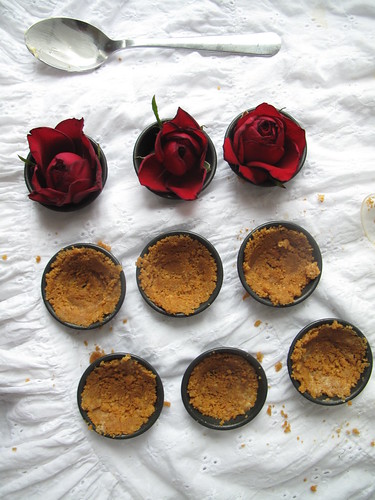
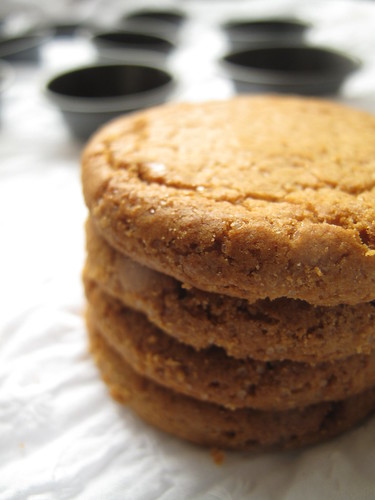

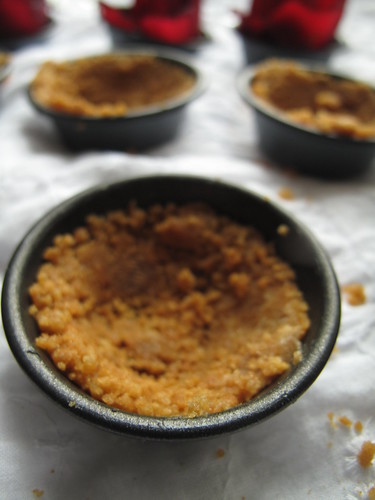

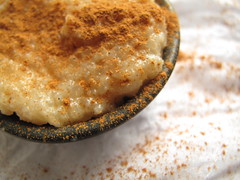
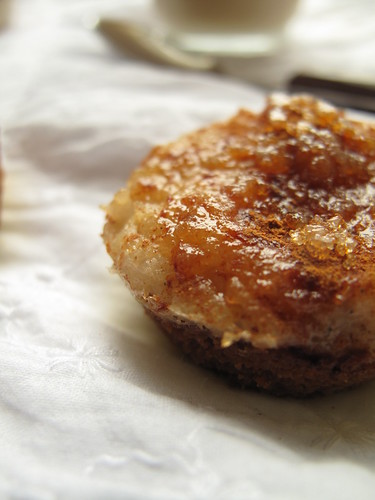
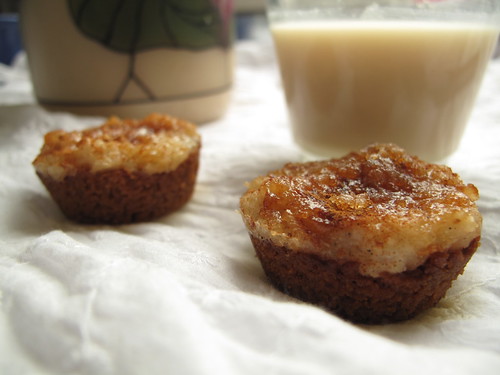
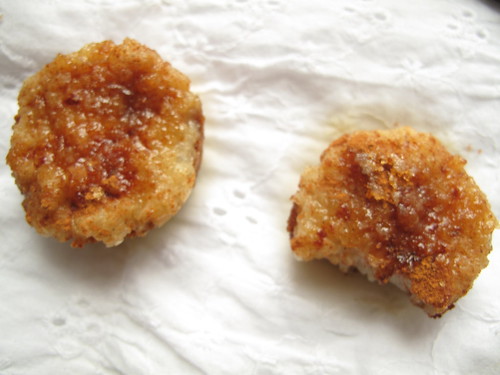
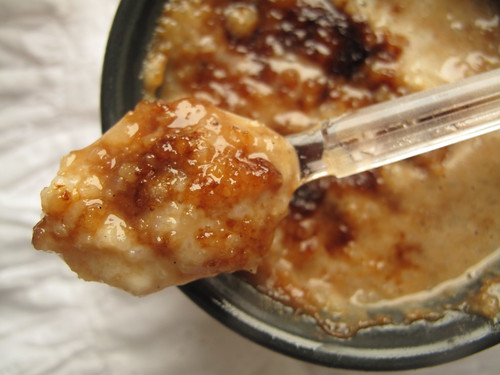
Leave a Reply